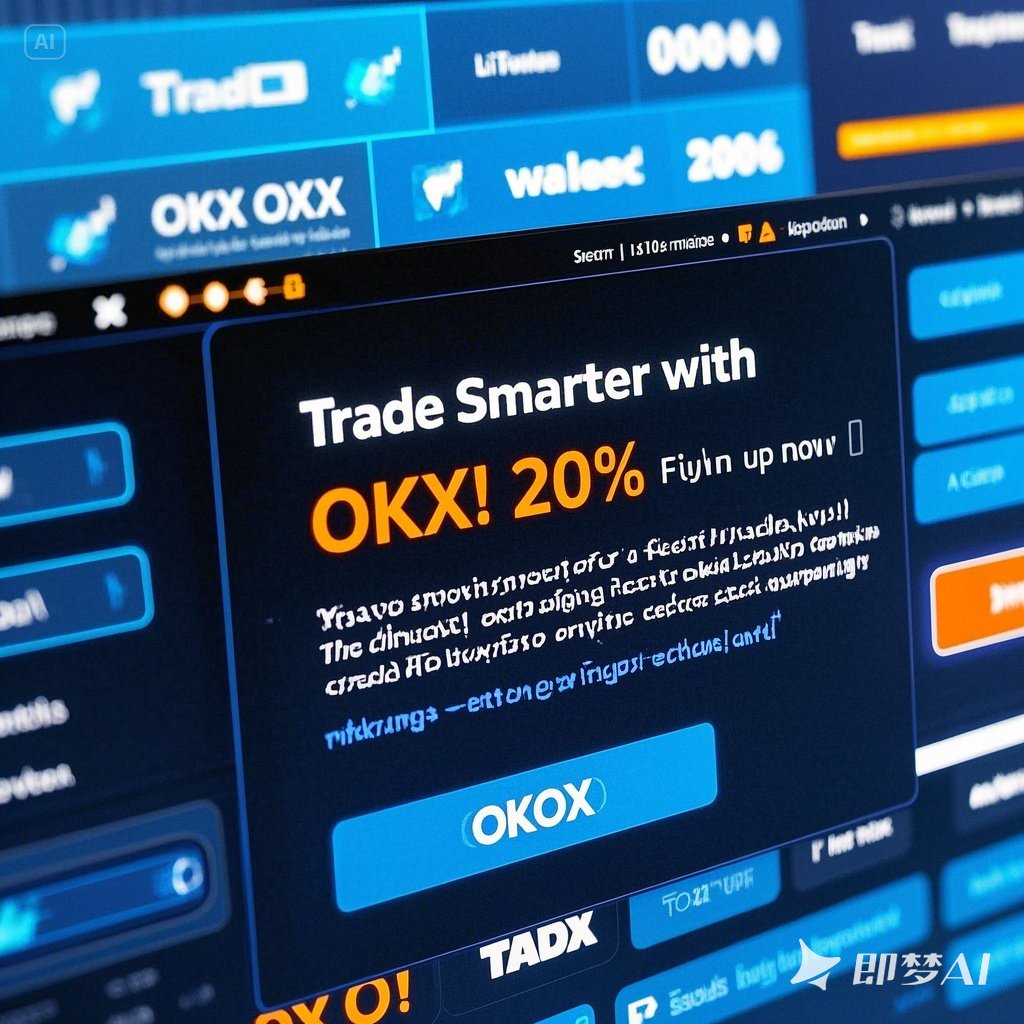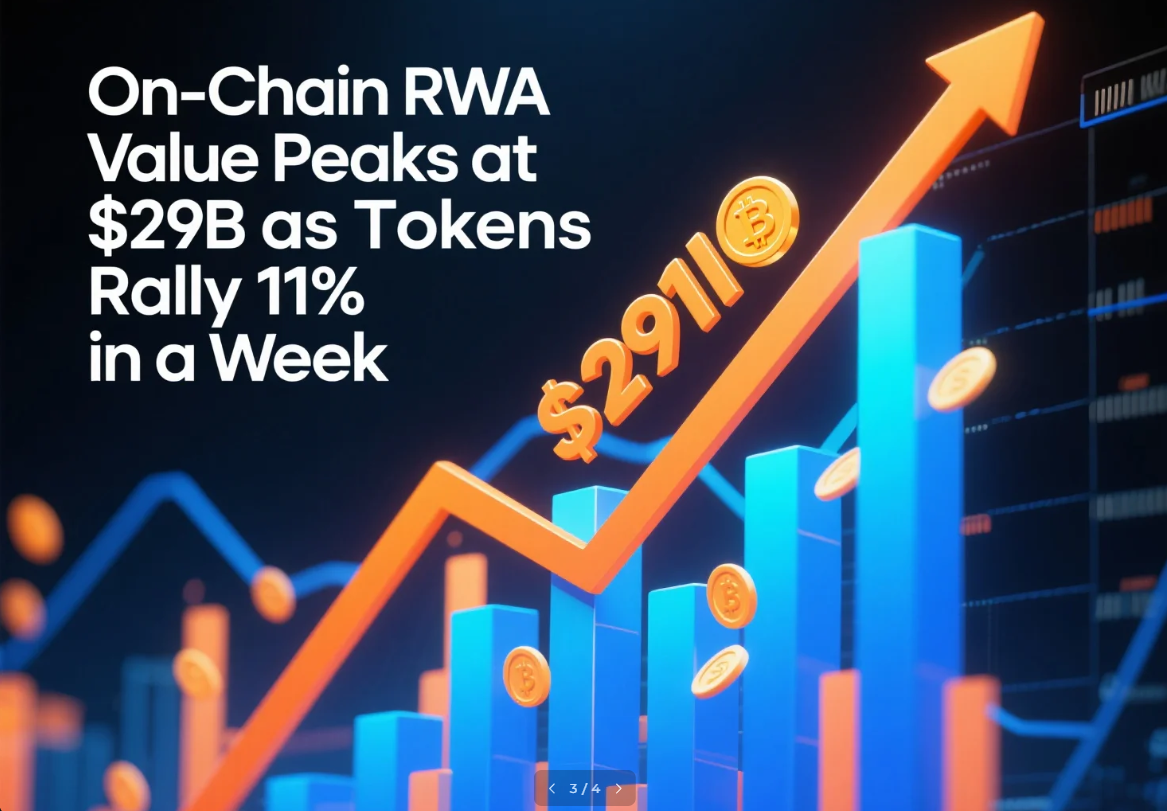Chainlink vs. XRP Ledger: Which Blockchain Platform is Winning Over Institutional Investors in 2024?
Don’t just sign up — trade smarter and save 20% with referral codes: Binance WZ9KD49N / OKX 26021839
What is Chainlink and its role in decentralized finance?
What is Chainlink and its Role in Decentralized Finance? < < < h2 { color: #34495e; } p { margin-bottom: 15px; } .container { max-width: 800px; margin: auto; background: #fff; padding: 20px; border-radius: 8px; box-shadow: 0 2px 5px rgba(0,0,0,0.1); } .challenge-list { list-style-type: none; padding: 0; } .challenge-list li { margin-bottom: 10px; }
Risks and Challenges Faced by Institutions Adopting Blockchain Solutions Like Chainlink and XRP Ledger
As institutions increasingly explore blockchain technology to enhance their operations, they encounter several risks and challenges that must be carefully managed to ensure successful adoption. Below, we delve into the key risks and challenges associated with integrating blockchain solutions such as Chainlink and XRP Ledger.
Regulatory Uncertainty
One of the primary challenges institutions face when adopting blockchain solutions is navigating the complex regulatory landscape. Blockchain technologies are still relatively new, and regulations vary significantly across jurisdictions. For instance, while some countries have embraced blockchain initiatives, others impose strict restrictions or outright bans. Institutions using platforms like Chainlink or XRP Ledger must stay informed about evolving regulations to avoid legal complications.
Interoperability Issues
Blockchain networks often operate independently, leading to interoperability challenges. Institutions leveraging multiple blockchain solutions may struggle to ensure seamless communication between them. For example, integrating Chainlink’s decentralized oracle network with XRP Ledger requires careful planning to address potential compatibility issues. This challenge can hinder the scalability and efficiency of institutional processes.
Data Privacy Concerns
While blockchain is known for its transparency, this feature can also pose privacy risks. Institutions handling sensitive data must balance transparency with confidentiality. Solutions like XRP Ledger offer cryptographic features to enhance privacy, but organizations must implement additional safeguards to protect confidential information from unauthorized access.
Technical Complexity
Blockchain solutions like Chainlink and XRP Ledger introduce technical complexities that require specialized knowledge and expertise. Institutions must invest in training staff or hiring skilled personnel to manage these systems effectively. Additionally, maintaining and upgrading blockchain infrastructure demands continuous technological updates, which can be resource-intensive.
Scalability Limitations
Despite advancements, blockchain networks still face scalability challenges. As transaction volumes increase, networks like XRP Ledger may experience bottlenecks, affecting performance. Institutions relying on blockchain for critical operations must plan for potential delays and consider alternative strategies to mitigate scalability limitations.
Cybersecurity Threats
Blockchain systems are not immune to cyber threats. Institutions adopting blockchain solutions must remain vigilant against hacking attempts, smart contract vulnerabilities, and other cybersecurity risks. Platforms like Chainlink, while secure, still require robust security measures to safeguard against malicious activities.
Ecosystem Maturity
Although both Chainlink and XRP Ledger have established ecosystems, they are still maturing. Institutions adopting these solutions may encounter limited tooling, fewer third-party integrations, and less mature developer communities compared to more established technologies. This immaturity can impact long-term reliability and innovation potential.
Cost Considerations
Implementing blockchain solutions can be costly due to hardware requirements, software development, and ongoing maintenance. While blockchain promises cost savings in the long term, the initial investment may deter some institutions, especially smaller ones with limited budgets. Careful cost-benefit analysis is essential before committing to blockchain adoption.
Conclusion
Adopting blockchain solutions like Chainlink and XRP Ledger presents significant opportunities for institutions, but it also comes with inherent risks and challenges. By addressing regulatory uncertainty, interoperability issues, data privacy concerns, technical complexity, scalability limitations, cybersecurity threats, ecosystem maturity, and cost considerations, institutions can navigate the transition more effectively. With strategic planning and proactive management, blockchain adoption can drive transformative change while minimizing risks.














